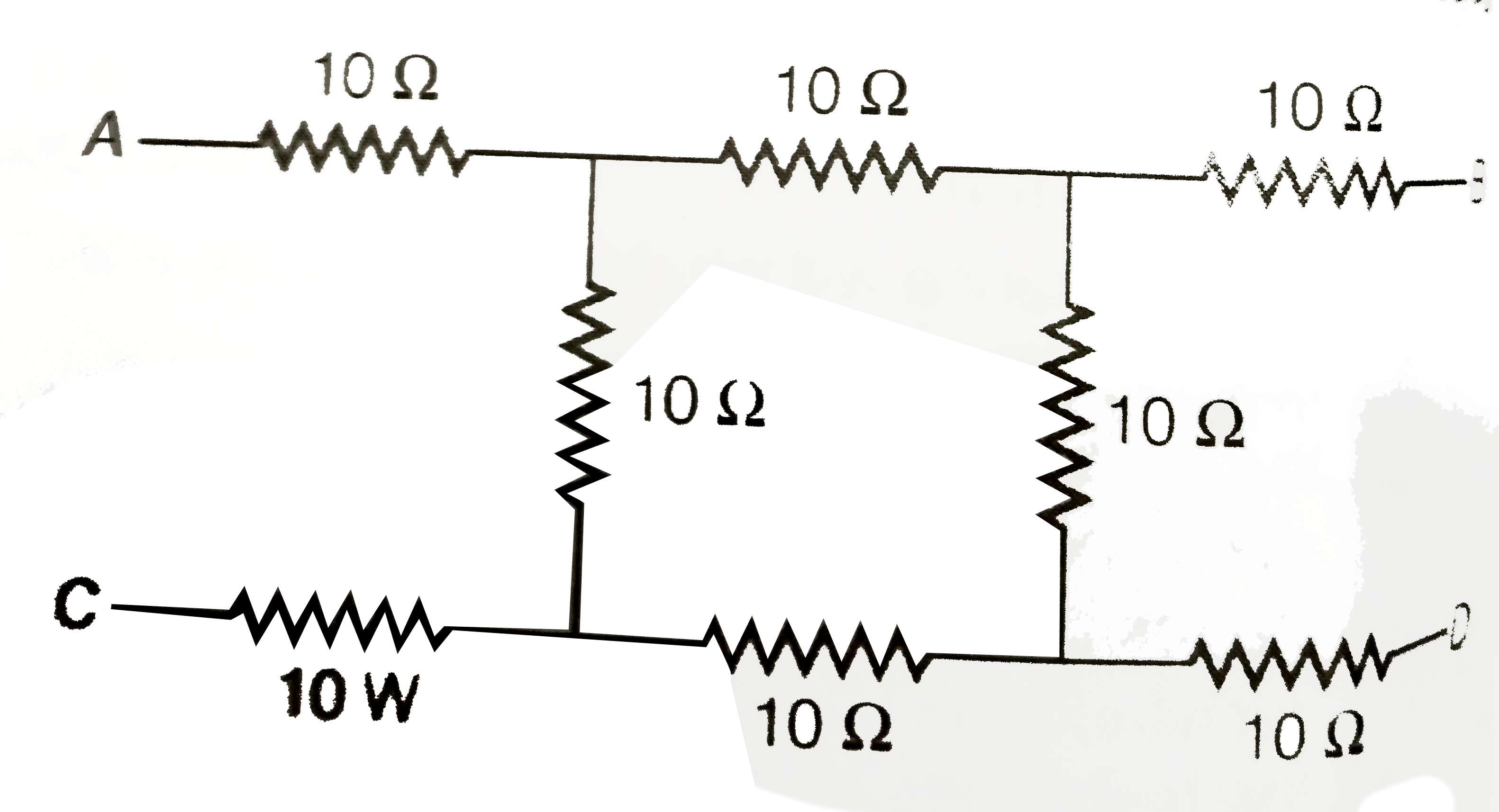xv. Brilliance fo diamodnd is due to .
shape
cutting
reflection
Total internal reflection
To answer the question regarding the brilliance of diamond, we can follow these steps:
1. Understanding Diamond's Composition:
- Diamond is a form of carbon (C) and has a specific crystalline structure that contributes to its optical properties.
2. Refractive Index:
- The refractive index (RI) of diamond is significantly high, which means that light travels slower in diamond than in air. This high refractive index is crucial for the optical phenomena that lead to brilliance.
3. Light Interaction with Diamond:
- When light enters a diamond, it undergoes refraction. Due to the high refractive index, the light bends significantly.
4. Total Internal Reflection (TIR):
- If the angle of incidence is greater than the critical angle for diamond, the light does not exit the diamond but reflects back into it. This phenomenon is known as total internal reflection.
5. Multiple Reflections:
- As light reflects internally within the diamond, it can bounce off multiple internal surfaces. Each reflection contributes to the overall brilliance and sparkle of the diamond.
6. Conclusion:
- The brilliance of diamond is primarily due to total internal reflection (TIR), which allows light to be reflected multiple times within the diamond before it exits, enhancing its sparkle and brilliance.
Final Answer:
The brilliance of diamond is due to total internal reflection (TIR).
---
- Diamond is a form of carbon (C) and has a specific crystalline structure that contributes to its optical properties.
- The refractive index (RI) of diamond is significantly high, which means that light travels slower in diamond than in air. This high refractive index is crucial for the optical phenomena that lead to brilliance.
- When light enters a diamond, it undergoes refraction. Due to the high refractive index, the light bends significantly.
- If the angle of incidence is greater than the critical angle for diamond, the light does not exit the diamond but reflects back into it. This phenomenon is known as total internal reflection.
- As light reflects internally within the diamond, it can bounce off multiple internal surfaces. Each reflection contributes to the overall brilliance and sparkle of the diamond.
- The brilliance of diamond is primarily due to total internal reflection (TIR), which allows light to be reflected multiple times within the diamond before it exits, enhancing its sparkle and brilliance.
The brilliance of diamond is due to total internal reflection (TIR).
Topper's Solved these Questions
- P-BLOCK GROUP 14 - CARBON FAMILYBOOK - CENGAGE CHEMISTRY ENGLISHCHAPTER - P-BLOCK GROUP 14 - CARBON FAMILYEXERCISE - Exercises (Linked Comprehension)
31 Videos
- P-BLOCK GROUP 14 - CARBON FAMILYBOOK - CENGAGE CHEMISTRY ENGLISHCHAPTER - P-BLOCK GROUP 14 - CARBON FAMILYEXERCISE - Exercises (Multiple Correct )
19 Videos
- P-BLOCK GROUP 14 - CARBON FAMILYBOOK - CENGAGE CHEMISTRY ENGLISHCHAPTER - P-BLOCK GROUP 14 - CARBON FAMILYEXERCISE - Ex (Subjective)
21 Videos
- P-BLOCK GROUP 13 - BORON FAMILYBOOK - CENGAGE CHEMISTRY ENGLISHCHAPTER - P-BLOCK GROUP 13 - BORON FAMILYEXERCISE - Exercise Archives (Subjecive)
9 Videos
- PERIODIC CLASSIFICATION OF ELEMENTS AND GENERAL INORGANIC CHEMISTRYBOOK - CENGAGE CHEMISTRY ENGLISHCHAPTER - PERIODIC CLASSIFICATION OF ELEMENTS AND GENERAL INORGANIC CHEMISTRYEXERCISE - Exercises (Archives )Subjective
4 Videos
Similar Questions
Knowledge Check
Assertion : Diamond are known for their spectacular brilliance, but diamonds found in nature rarely exhibit the brilliance.
Reason : By cutting the diamond suitably, multiple total internal reflections can be made to occur.AIf both assertion and reason are true and reason is the correct explanation of assertion.BIf both assertion and reason are true and reason is not the correct explanation of assertion.CIf assertion is true but reason is false.DIf both assertion and reason are false.
The temperature of a body is doubled but the rate fo theat radiaton remains same due to change in its surface area. The ratio of initial area to final area is
View SolutionWhat will be the equivalent resistance fo circuit shown in figure between two points A and D?

View SolutionWhich fo the following statement is true about friction:
View SolutionThe main function fo mammalian corpus luteum is to produce
View SolutionWhy was a change in the Bohr Model of atom required? Due to which important development concept of movement of an electron in an orbit was replaced by the concept of probability of finding electron in an orbital?what is the name given to the changed model fo atom?
View SolutionThe process by which oxidation fo food in our body takes palce is .
View SolutionWhich oxide fo carbon is useful in prepring metal carbonyls ?
View Solution
